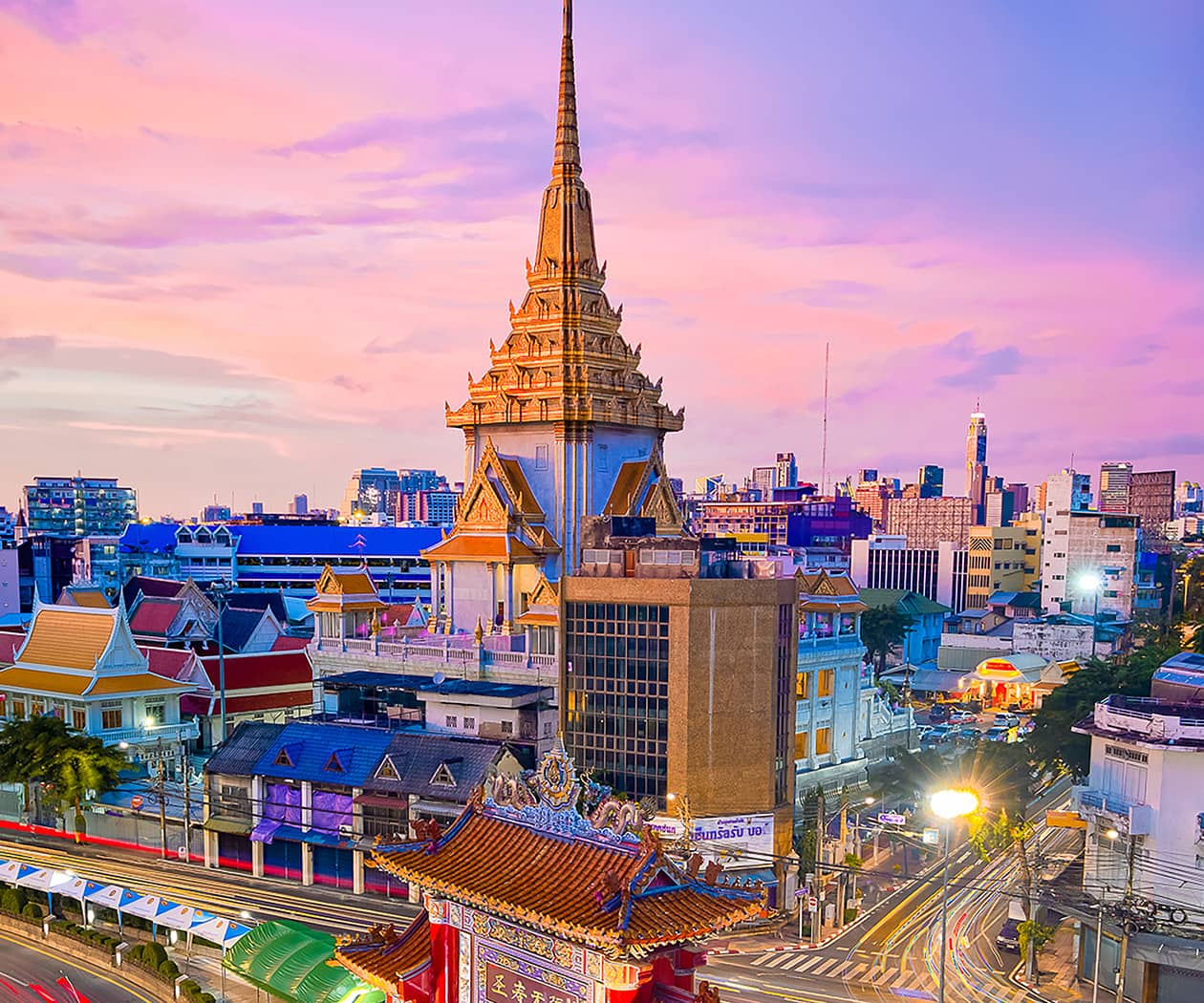What to Pack for a Birding Safari in Uganda

You’ve booked your flights, secured your gorilla permits, and your dream of exploring Uganda’s incredible avian paradise is becoming a reality. But a question nags at you: what exactly should you bring? Packing for a birding safari is a unique art, it’s about balancing practicality with performance, ensuring you’re prepared for everything from a challenging forest trek to a serene boat cruise without being weighed down. This comprehensive guide on What to Pack for a Birding Safari in Uganda will ensure you are perfectly equipped to capture every moment and enjoy every sighting in comfort.
Getting your kit right is the first step to a successful and stress-free adventure. The right gear will enhance your experience, while the wrong choices can lead to missed opportunities. This list for What to Pack for a Birding Safari in Uganda is tailored to the country’s specific conditions, from the humid rainforests of Bwindi to the vast savannas of Queen Elizabeth Park, ensuring you’re ready for every habitat.
The Birder’s Toolkit: Essential Gear for Sight and Sound
This is the non-negotiable core of your packing list. These items are your eyes and ears in the field.
1. Binoculars (Your Most Important Tool)
-
Recommendation: An 8×42 model is the perfect choice for Uganda. The 8x magnification provides a steady image, and the 42mm objective lens gathers plenty of light for viewing in dim forest understories.
-
Pro Tip: Don’t cheap out on these. Quality optics make a world of difference in identifying subtle colors and features. Ensure they are waterproof and fog-proof for Uganda’s unpredictable weather.
2. A Field Guide & Birding App
-
Physical Book: The Birds of East Africa by Terry Stevenson and John Fanshawe is the definitive field guide for the region. Its detailed illustrations and maps are invaluable.
-
Digital App: Load apps like Merlin Bird ID or eBird onto your phone. They are fantastic for quick identification, logging your sightings, and even playing bird calls (use sparingly and ethically!).
3. Camera Equipment (Capturing the Memories)
-
Camera Body: A DSLR or mirrorless camera with a good autofocus system is ideal.
-
Lens: This is key. A zoom lens in the 100-400mm or 200-500mm range is the workhorse for safari bird photography. It offers the flexibility to capture a wide bird on a close branch and a distant eagle in flight.
-
Extras: Pack plenty of memory cards, extra batteries (power can be unreliable), a sturdy tripod or monopod for stability, and a rain cover or plastic bag to protect your gear from sudden downpours.
Clothing: Dressing for Success and Comfort
The mantra is layer, layer, layer! Uganda’s weather can shift from cool and misty mornings to hot, sunny afternoons and rainy periods all in one day.
1. Color is Key: Blend In, Don’t Stand Out
-
Wear Neutrals: Opt for clothing in khaki, olive green, brown, beige, and other muted, natural colors. These help you blend into the environment and avoid startling wildlife.
-
Avoid Bright Colors: Leave bright white, blue, red, and black clothing at home. These colors can scare animals and are also magnets for tsetse flies in certain areas.
2. The Layering System
-
Base Layer: Moisture-wicking t-shirts and long-sleeved tops to keep you dry and protected from the sun and insects.
-
Mid Layer: A light fleece or sweater for cool mornings and evenings, especially in high-altitude areas like Bwindi and Lake Bunyonyi.
-
Outer Layer: A lightweight, waterproof and windproof jacket is essential for rain protection.
3. Trousers and Footwear
-
Trousers: Convertible zip-off pants are incredibly practical. Wear them as long pants for protection during walks and zip them off into shorts for the warmer parts of the day.
-
Footwear: You need two types:
-
Sturdy Hiking Boots: Waterproof and broken-in boots with good ankle support for gorilla trekking and forest birding.
-
Comfortable Shoes/Sandals: For wearing around the lodge or on boat safaris.
-
Health, Wellness, and Practical Items
Staying healthy and comfortable is paramount to enjoying your trip.
-
Health Essentials: A strong insect repellent (with DEET or Picaridin), high-SPF sunscreen, a wide-brimmed hat, and quality sunglasses are must-haves.
-
Medications: Include a personal first-aid kit, any prescription medications, anti-malarial prophylaxis, and remedies for upset stomachs.
-
Daypack: A comfortable, waterproof daypack to carry your water, gear, and layers during daily excursions.
-
Reusable Water Bottle: Stay hydrated! Many lodges provide filtered water to reduce plastic waste.
Final Checklist and Pro Tips for What to Pack for a Birding Safari in Uganda
Documents:
-
Passport (valid for 6+ months after your trip)
-
Visa (apply online via the Uganda e-Immigration system)
-
Yellow Fever Vaccination Certificate
-
Travel Insurance Documents
-
Copies of all documents (physical and digital)
Electronics:
-
Universal power adapter (Uganda uses Type G British-style plugs)
-
Power bank for charging devices on the go
-
Headlamp or flashlight (with extra batteries)
Pro Tips:
-
Pack Light: Most internal flights on small planes have a strict 15kg soft-sided luggage limit.
-
Use Packing Cubes: They keep your bag organized and make unpacking/repacking a breeze.
-
Leave No Trace: Pack a small bag for your personal waste until you can dispose of it properly.
By carefully considering this guide on What to Pack for a Birding Safari in Uganda, you’re not just filling a suitcase; you’re preparing for an unparalleled adventure. The right preparation allows you to focus on what truly matters: immersing yourself in the stunning beauty of Uganda and the thrill of adding a new, spectacular bird to your life list.
Now that you know exactly what to pack, you’re ready to embark on your journey. Focus on the experience, and let your gear take care of the rest. The birds of the Pearl of Africa are waiting for you!










